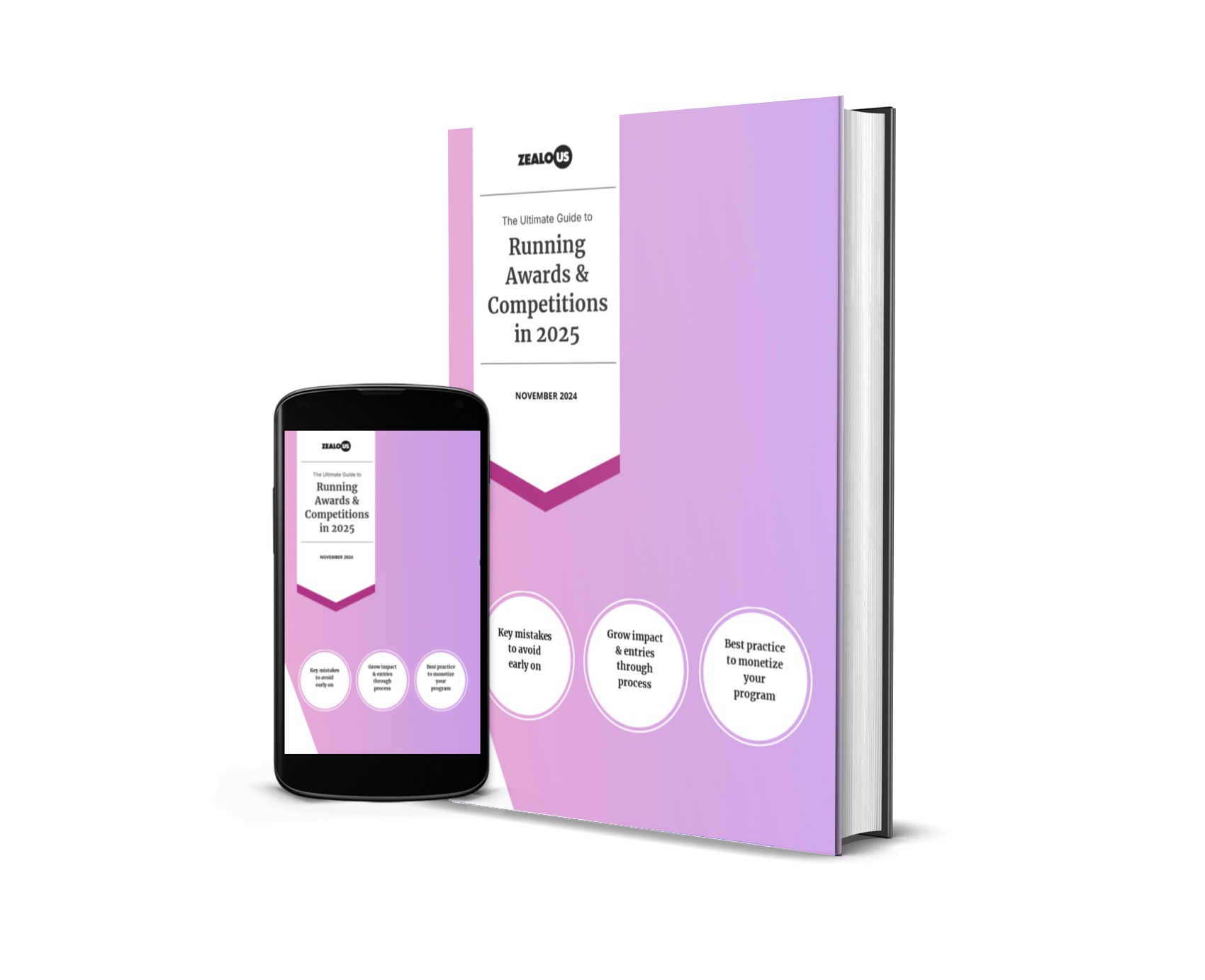Getting Started
Creativity is not the domain of one single person. Through free-association of thoughts and brainstorming, an accidental suggestion can be the best solution.
Joshua Fernandez, Film Director
Getting started is always the hardest part! Don’t feel pressured to follow a specific model – approach this challenge as an exercise that can lead to new and positive ways of thinking about your work.
Gather your art in a digital space, or simply find a quiet spot in your studio. Begin with a simple mind-map; the brainstorm strategy will make the process feel more natural. Note down some words or statements that resonate with your practice and experience. These phrases will likely form the bones of your statement.
A useful exercise is to ask yourself a set of critical questions about your art, and then record your answers. Speaking aloud can be a brilliant way of keeping your answers clear and succinct. These can be transcribed to kick-start the writing process.
Knowing Your Audience
Whether you adopt a formulaic or philosophical approach to writing about your work, try to avoid obscuring your statement with overly complex terminology. This can seem contrived and unclear. Of course it’s beneficial to use some art terms, but do so sparingly and only when it’s relevant. Even curators don’t want to read through dense paragraphs of clichés and jargon. A good artist statement will enhance the reader’s understanding of your work.
Ask yourself questions like: what do l think my audience will gain from viewing my work? Does it address a broader societal theme or topic? Why is it important that my work is seen? Does this statement conjure up any images?
Remember to revisit your statement each time that you use it. The tone you use for a grant application will differ to that of an exhibition proposal.
Do
- Draw in your reader
- Include specific references
- Rework your statement & consider the context
Don’t
- Use jargon or complex language
- Use clichés that are unrelated to your work
- Generalise or romanticise
It’s Your Work
Write your statement in the first person. You’re talking about your work and explaining why you think it matters. Adopt an objective tone and avoid telling the reader how they will interpret your art. Let them be the ones to decide. Using the active voice in your writing adds a sense of urgency, which can be beneficial when applying for funding and grants.
Note: your artist biography can be written in the third person.
Do
- Use active voice
- Make it feel like it’s written by you
Don’t
- Use passive and inconsistent voices
- Include artist biography information
Don’t Overdo It
Keep to the point and be concise. There’s no need to over-egg the pudding —you want to build curiosity in your reader.
As a rule of thumb, shorter is often better. Using your words carefully will ensure that you are only outlining necessary information, demonstrating confidence in your work.
Your statement should be between 100 – 300 words in length, although you may require both a long version (one page) and a short version (a couple of paragraphs), depending on the opportunity.
William Zinsser, Writer
Examine every word you put on paper. You’ll find a surprising number that don’t serve any purpose.
Top Tips
- Avoid repetition of phrases and words
- Vary sentence structure and length
- Ensure there is emphasis on your most significant ideas
Seek Feedback
Requesting feedback from others provides a great stimulus to learn what works and what doesn’t. Ask a friend or peer to proofread your statement. You might think you’ve provided a clear narrative of your artistic practice over time, but a friend who is already familiar with your art might be able to suggest better adjectives or phrasing (and catch any typos).
Asking someone unfamiliar with your work is also a good idea. Show them your art alongside your statement, and ask if it gives them a clear understanding of your practice.
Further Resources
Books
Writing the Artist statement: Revealing the True Spirit of your Work, Ariane Goodwin
Art-Write: The Writing Guide for Visual Artists, Vicki Krohn Amorose
Artists Write to Work, Kate Kramer
Tools
Make your writing bold and clear using the Hemingway App
Let us know you want us to write more content like this with a love!
Share






